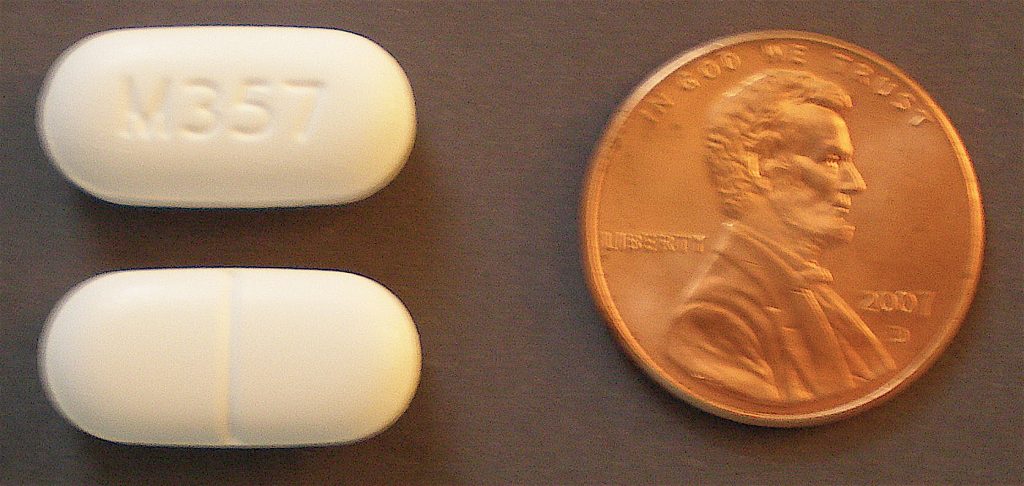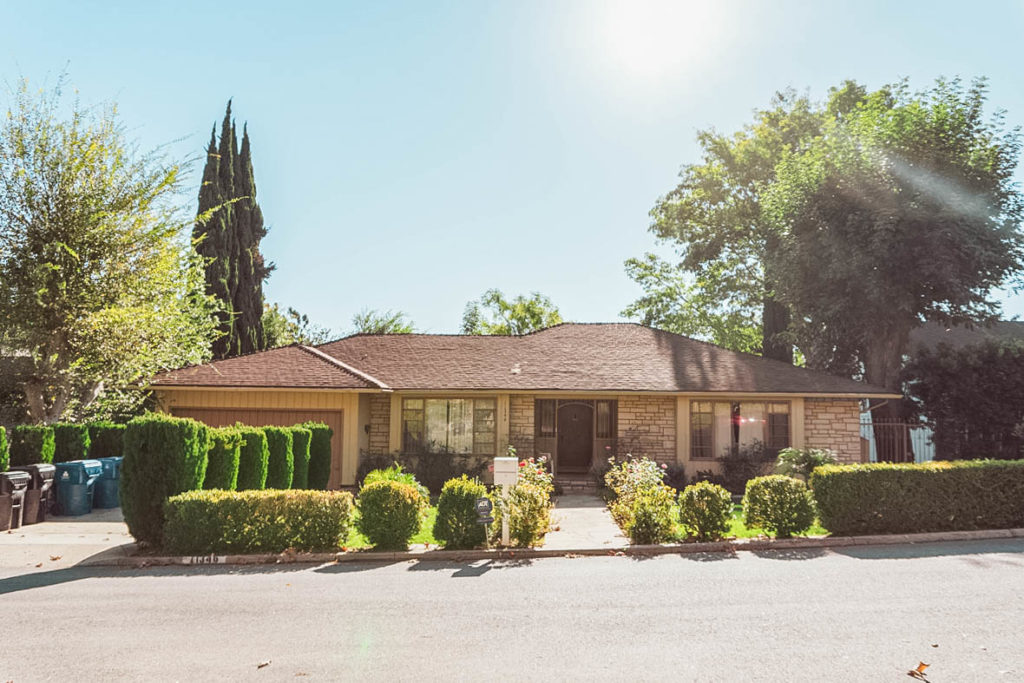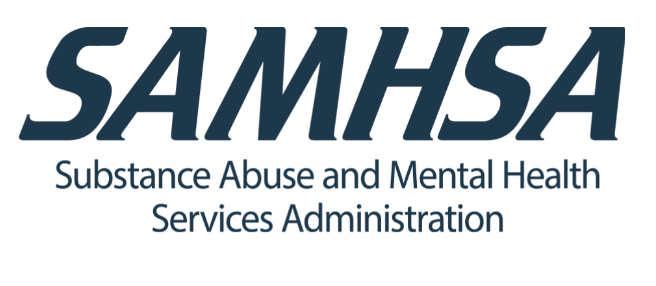Updated September 22, 2021
Lortab is a narcotic pain medication that is commonly prescribed for chronic pain and after minor surgeries. Lortab is composed of acetaminophen and Hydrocodone. The Hydrocodone that Lortab contains is the opioid that commonly leads to addiction in individuals who take the medication. Acetaminophen is available as an over-the-counter pain reliever and fever reducer, but when combined with Hydrocodone it potentiates its effects. Hydrocodone is an opiate that is prescribed often to relieve moderate and severe pain. According to the United States Drug Enforcement Agency (DEA), Hydrocodone is abused more than any other opiate on the market or the streets.



Addiction to Lortab
The Hydrocodone contained within Lortab binds to receptors in the brain that block signals of pain that are sent to the central nervous system. Lortab is comparable to other narcotic pain medications including Percocet and Vicodin. When Lortab isn’t used properly as prescribed, addiction typically develops. Many people that abuse Lortab continues to use it due to the feelings of euphoria it can cause. Common side effects of Lortab include:- Dry mouth
- Blurred vision
- Nausea
- Headaches
- Feeling Lightheaded
- Mood swings
- Anxiety
- Depression
- Risk of overdose
- Inability to maintain relationships, duties of a job, or family relationships at home
- Blood in urine
- Irregular heartbeat
- Losing consciousness
- Slowed breathing or difficulty breathing
- Cardiac arrest
- Drastically low blood pressure
What is Lortab Withdrawal?
If you decide to quit Lortab, you must decide how to proceed. You should not quit Lortab immediately or cold turkey. There are multiple methods to withdraw and detox from Lortab. One method of detox is to taper off Lortab. Tapering is slowly lowering each dose of Lortab you take until you reach a small dose. After the tapering process is completed, it is usually easier to quit taking Lortab. Many medical professionals recommend that Lortab users use the tapering method in order to decrease the duration and intensity of the withdrawal symptoms. This method also lowers risks that are associated with withdrawing from Lortab for individuals with very severe addictions and other co-morbid medical conditions. Tapering should not be done without the help of a medical professional. Along with getting clients off of Lortab, detox centers help them create an ongoing treatment plan to ensure long-term recovery.
Lortab Withdrawal Symptoms
Symptoms typically begin to surface as soon as a couple of hours after the last dose is taken. Lortab detox is typically very unpleasant and uncomfortable for individuals who experience side effects. Lortab withdrawal is typically not associated with fatal symptoms. Common withdrawal symptoms from Lortab include:- Fever
- Chills
- Panic attacks
- Cravings
- Diarrhea
- Dizziness
- Lethargy
- Headaches
- Increased sweating
- Increased tear production
- Insomnia and other sleep issues
- Joint pain
- Anxiety
- Irritability
Lortab Detox
The timeline for withdrawal typically occurs in stages. During the first 24 to 48 hours, you will experience an increase in the physical symptoms from withdrawal. This includes feelings such as:- Intense cravings
- Fever
- Nausea
- Diarrhea
- Body aches
- Lethargy
- Diarrhea
- Vomiting
- Increased tear production
- Increased sweating














